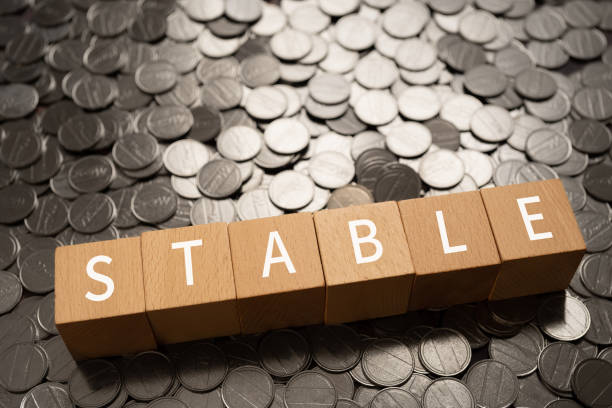The adoption of stablecoins is gaining momentum as Russia, the largest country globally, examines their potential for international payments to navigate financial strains caused by sanctions and economic challenges.
This shift signifies Russia’s strategic move towards digital assets to uphold its global trade amidst ongoing geopolitical tensions, highlighting a transition away from traditional financial systems. Matthew Sigel, from VanEck, shared this development on social media, emphasizing the country’s shift towards digital assets.

Russia Considers Stablecoins for Global Transactions
Stablecoins are digital currencies designed to maintain a stable value linked to assets like fiat currencies or gold, combining the benefits of digital assets with financial stability. The Russian authorities see them as a viable option for cross-border transactions, contemplating their use in daily operations.
Alexei Guznov, Deputy Governor of the Bank of Russia, mentions ongoing talks to establish regulatory frameworks for stablecoins in cross-border payments, aiming to integrate these assets into the financial system legally. This initiative may evolve into a permanent structure, subject to meeting regulatory requirements and addressing legal issues related to sanctions and international laws.
The potential adoption of stablecoins can alleviate restrictions imposed by sanctions on existing financial systems, especially in international trade with Asian nations, offering a channel for transactions backed by reserves and a centralized issuance model.
Russia has been deliberating on adopting stablecoins for global payments since 2023. With the recent law passed by President Vladimir Putin permitting the use of digital finance assets in global payments, the country is moving towards legitimizing stablecoin settlements.
Expected Growth of Stablecoins in Europe
This move coincides with the discussions surrounding the EU’s Markets in Crypto Assets (MiCA) law, signaling the need for precise regulatory frameworks in the digital asset sector. Patrick Hansen from Circle highlights the law’s potential impact on stablecoins, noting a considerable increase in Euro-denominated crypto transactions using EUR-stablecoins, signaling growing acceptance and liquidity.
The introduction of MiCA is expected to further enhance the appeal of EUR-stablecoins, paving the way for increased volumes and liquidity in the stablecoin market.


